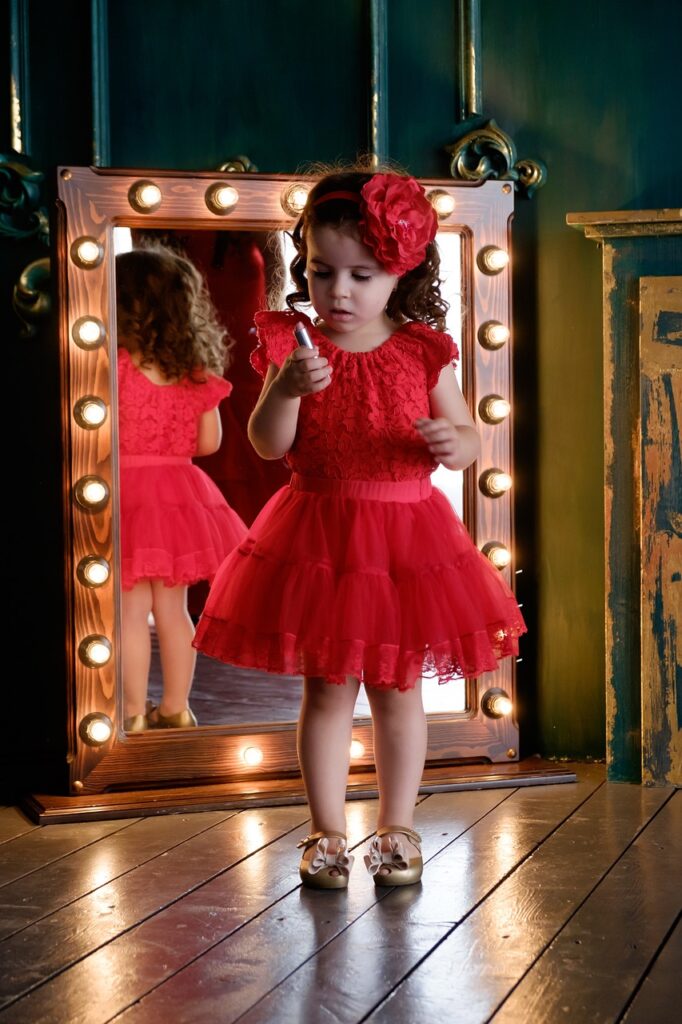Mirrors are more than just practical tools for checking your appearance; they are versatile design elements that can transform the ambiance of any room. Selecting the perfect mirrors for your home involves considering both aesthetic and functional factors. Here’s a comprehensive guide to help you make the best choice.
Determine the Purpose

Before shopping, clarify the purpose of the mirror. Are you looking to enhance the lighting, create a focal point, or simply have a functional reflection? Mirrors can serve various roles:
- Decorative Mirrors: These are often larger and designed to make a statement. They can serve as artwork or architectural features.
- Functional Mirrors: Typically smaller, these mirrors are used for practical purposes, such as bathroom or entryway mirrors.
Consider the Room and Placement
The location of the mirror will influence its size, shape, and style:
- Living Room: Large decorative mirrors can act as a central piece, adding depth and light to the space. Consider a mirror with a distinctive frame like these vintage mirrors that complement your furniture and decor.
- Bathroom: Functionality is key here. A large mirror can make the space feel more open, while a mirrored medicine cabinet combines utility with style.
- Entryway: A mirror in this area can help you check your appearance before leaving and can make the space feel more welcoming. A full-length mirror or a stylish piece with a decorative frame works well.
Choose the Right Size

Size is crucial when selecting a mirror. A mirror that’s too small can seem out of place, while one that’s too large may overwhelm the space.
- Proportion: Ensure the mirror’s size is proportionate to the wall it’s on. For instance, in a small room, a large mirror can create the illusion of more space.
- Height and Width: In a hallway or entryway, a vertically oriented mirror can add height and make the space feel more expansive.
Select the Shape
The shape of the mirror should complement the room’s design and architecture:
- Rectangular and Square Mirrors: These shapes are versatile and can fit into various settings. They work well above mantels or sinks.
- Round Mirrors: Ideal for creating a softer, more organic look. They can also help break up the harsh lines of a room with many straight edges.
- Unique Shapes: Consider custom or irregularly shaped mirrors for a distinctive touch. These can serve as statement pieces in modern or eclectic interiors.
Frame or Frameless
The choice between framed and frameless mirrors depends on your desired aesthetic:
- Framed Mirrors: Offer more design flexibility and can add texture and color to a room. Choose a frame that complements existing décor or acts as a contrast to create a focal point.
- Frameless Mirrors: Provide a sleek, contemporary look that works well in minimalist or modern spaces. They blend seamlessly with the wall and are ideal for smaller spaces.
Reflect on Lighting
Mirrors can enhance or complement lighting. Position mirrors opposite windows to reflect natural light or place them near light fixtures to brighten up the space. Consider mirrors with built-in lighting for practical applications in spaces like bathrooms.
Maintenance and Quality
Finally, consider the quality of the mirror. High-quality mirrors have a clear, undistorted reflection and are less prone to aging or damage. Opt for mirrors with good backing materials and consider ease of cleaning when choosing a frame or finish.
